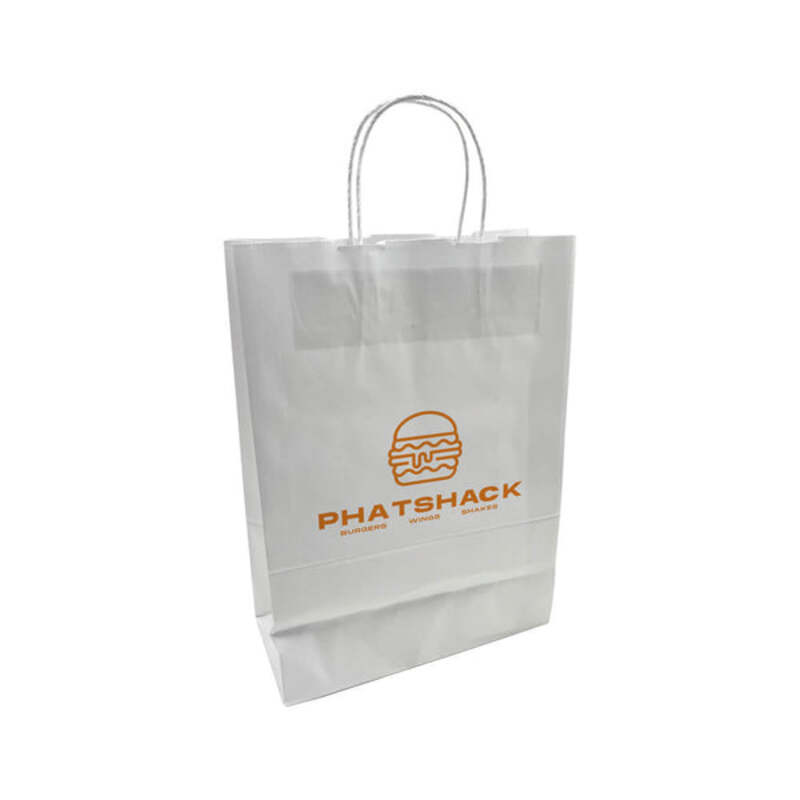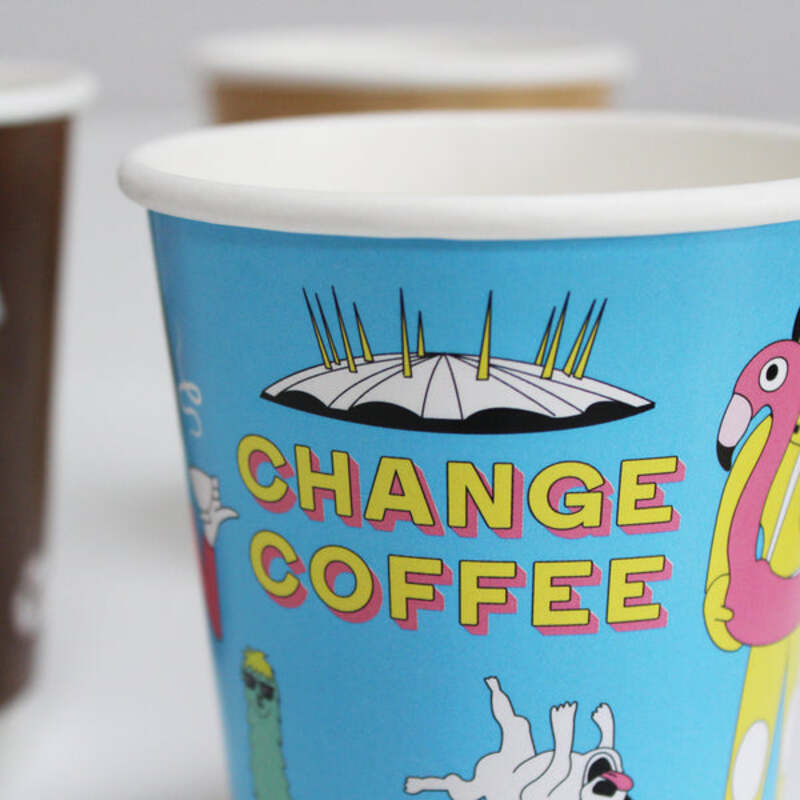Feb . 02, 2025 03:59
The price of disposable cups can vary greatly depending on several factors including material, brand, and quantity being purchased. For businesses and consumers alike, understanding these factors is crucial to making informed purchasing decisions. With a focus on both economic and environmental aspects, insights into the varying costs of disposable cups can not only assist in budgeting but also in selecting products that meet specific needs.

Disposable cups come in a variety of materials including paper, plastic, and foam. Each material has its unique cost implications. Paper cups, often the preferred choice for hot liquids, are generally more expensive due to their manufacturing process and the fact that they are more environmentally sustainable compared to plastics and foams. For example, a pack of 1,000 standard paper coffee cups can range between $70 to $100, depending on the supplier and quality.
Plastic cups, on the other hand, may offer a less expensive option, commonly used for cold beverages. They provide durability and are a popular choice for large gatherings or events. The cost for 1,000 plastic cups can range from $45 to $60. However, with increasing environmental consciousness, the demand for biodegradable plastic options might slightly drive up the price.

Foam cups are often the most budget-friendly, with a cost range from $30 to $50 per 1,000 cups. However, with growing environmental concerns, many areas are imposing restrictions or bans on foam products, which might affect availability and cost in certain regions.
The brand also plays a significant role in determining the price. Well-established brands might charge a premium due to their reputation and the quality assurance that comes with their products. Generic brands or smaller manufacturers might offer lower prices, but they often lack the same level of quality control.
Purchasing quantity is directly correlated with price efficiency. Bulk purchasing typically results in considerable savings, thus businesses or individuals with higher usage should consider buying larger quantities. Many suppliers offer sliding scale pricing where the cost per unit decreases with larger orders, bringing down the overall expenditure.
price of disposable cups
Seasonal demands can also influence disposable cup pricing. For instance, during peak seasons such as summer festivals or the holiday season, prices might spike due to higher demand. Being mindful of these periods can help in planning purchases more economically.
Environmental considerations are becoming increasingly important, both reputationally and financially. Choosing eco-friendly options, such as compostable or biodegradable cups, can sometimes mean higher upfront costs but can be a valuable investment for businesses looking to reduce their carbon footprint and appeal to environmentally-conscious consumers. Additionally, some jurisdictions provide incentives or subsidies for using eco-friendly products, which can offset some of these costs.
In terms of expertise, understanding the lifecycle and recyclability of different materials is essential. While paper cups are often perceived as the greener choice, not all can be recycled unless they have a specific lining that allows for biodegradation. It's important for businesses to verify the certifications and claims made by manufacturers to ensure their practices align with their environmental commitments.
Trustworthiness stems from selecting reputable suppliers known for quality products and transparent pricing. Reviewing seller ratings, seeking recommendations, and testing samples before large purchases can prevent dissatisfaction or unexpected costs.
Overall, the decision on what type of disposable cup to purchase involves balancing price considerations with environmental impact, brand reputation, and material suitability. For individuals and small businesses, aligning these factors with their specific needs and values will lead to better procurement choices. For large-scale operations, dedicated procurement strategies and partnerships with reliable suppliers can streamline the process, maximizing both cost efficiency and sustainability.





